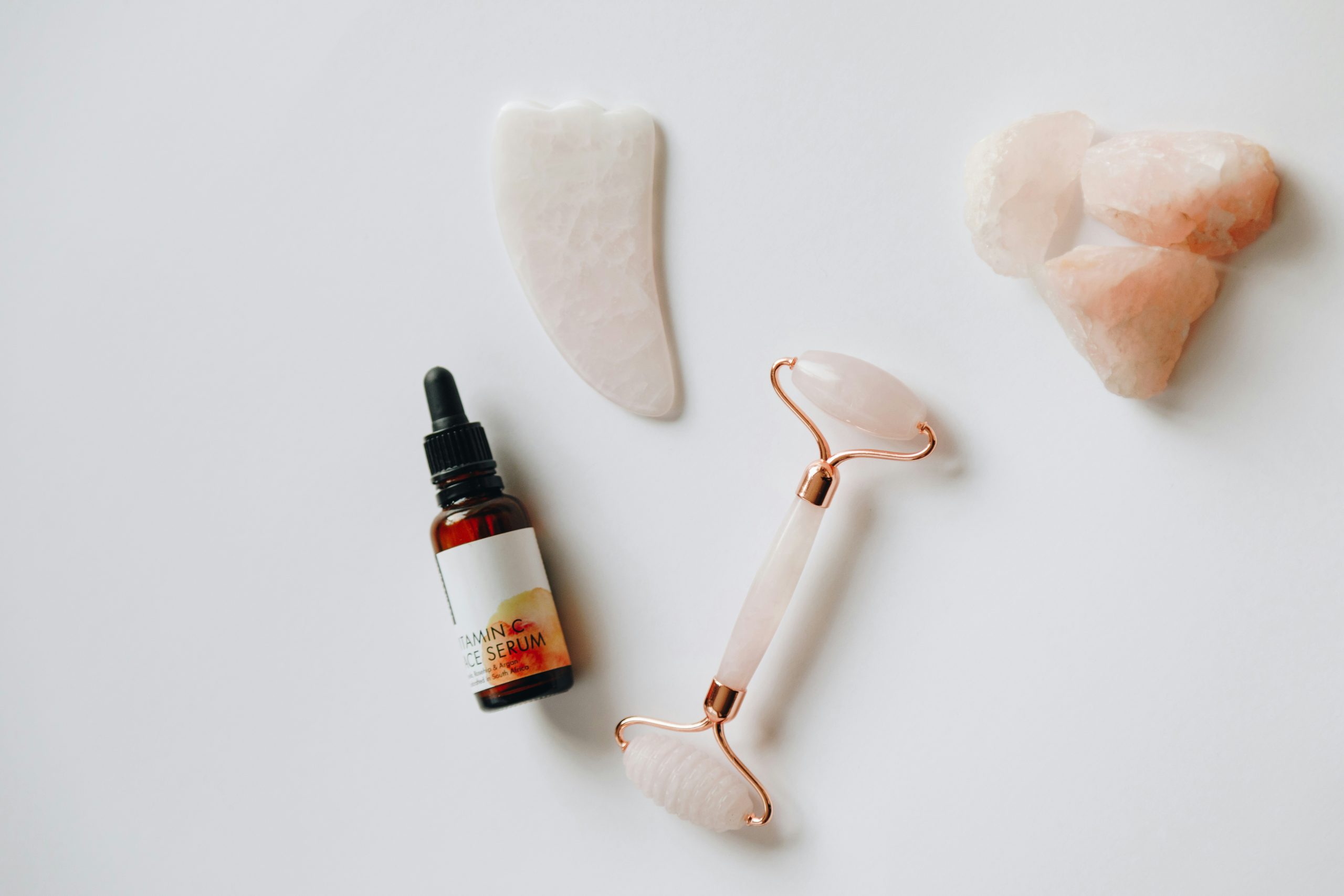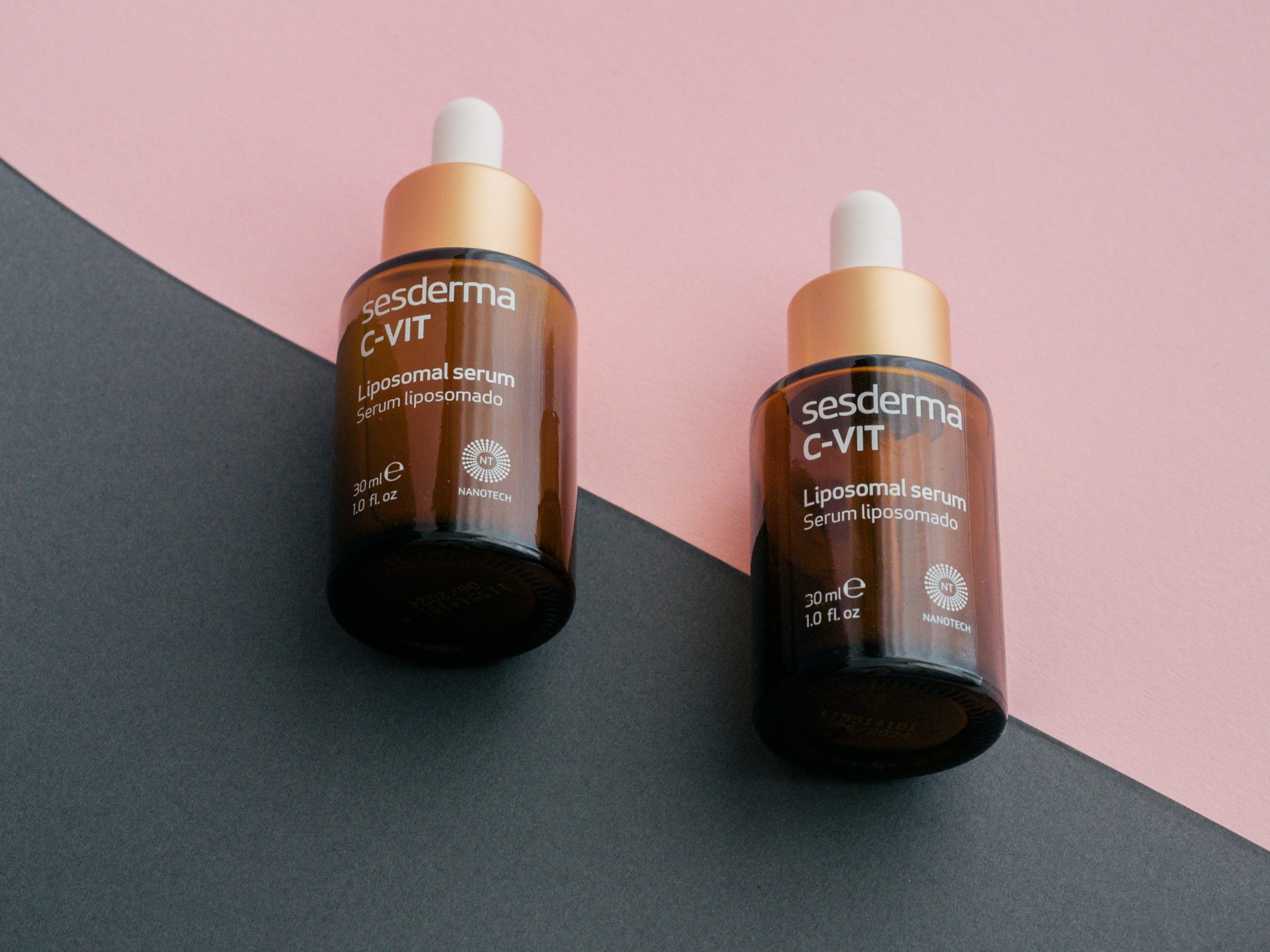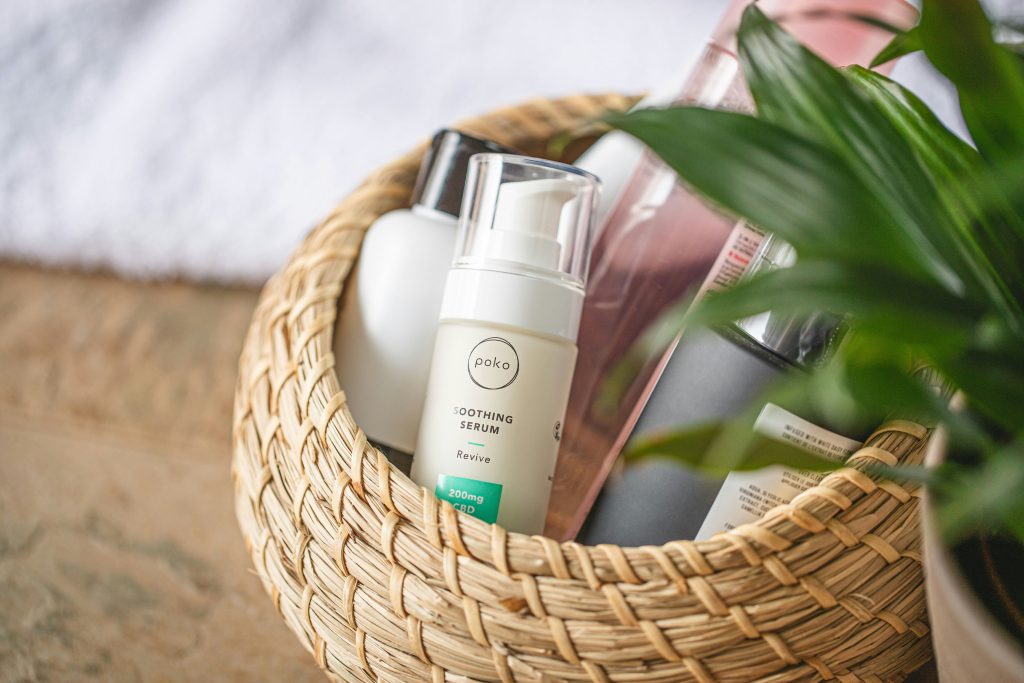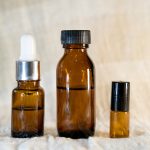A good skincare routine has one or more serums, the perfect question should be How to identify a good serum for your skin type rather than “Can you use multiple serums in your skincare routine”.
Every skin has its peculiarities and it requires specific products that target the skin’s exact need and that’s where serums come in.
Acting as the game changer in a skincare routine, the commonly misused product contains active ingredients that play pivotal roles from moisturizing and nourishing the skin to reducing inflammation.
Due to the lightweight nature of serums, a layering error can lead to product inefficiency hence, you keep applying serums daily but notice minimal to zero results.
Serums are an important asset in a skincare routine however, it’s important to understand what they are, the active ingredients they contain and their contributions to overall skin health.
What is the use of Serums?
A serum is a lightweight water or oil-based skincare product made of powerful active ingredients that penetrate the skin and deliver a high concentration of these ingredients to the skin thereby reducing and fixing specific skin issues.
According to Healthline, serums are made up of smaller molecules making them easily penetrable to the skin with faster visible results.
From discolouration to acne or ageing lines, serums act as a catalyst to boost skin revitalization leading to beautiful and more healthy skin.
Some active ingredients in serums include;
- Hyaluronic acid
- Retinol
- Vitamin C
- Niacinamide
- Peptides
- Ceramides
- Salicylic acid
Other ingredients like green tea, Squalene, Vitamin B5 and Glycolic acid are also essential ingredients necessary for skin health and rejuvenation.
When should you use a serum in your skincare routine?

While it’s important to answer the big question “Can you use multiple serums in your skincare routine”, understanding the role serum plays in your overall skin’s health is higher on the scale of preference.
A proper understanding of the benefits of serums guides your buying decision and empowers you with in-depth information on how to layer each serum.
- Manages fine lines: Serums are composed of different active ingredients which define their functions. Some contain retinol which aids in reducing the appearance of wrinkles and fine lines.
- Protects and preserves: The protective ability of Serums comes from active ingredients like Vitamin C, Vitamin E, ferulic acid and other protectants. They shield the skin from the oxidative reaction caused by ultraviolet rays hence, preventing aging and wrinkles.
- Faster Absorption: As stated earlier, serums are lightweight products, their thinner molecules allow for rapid absorption by the skin leading to faster visible results.
- Gentle for sensitive skin: Have an acne-prone skin? the lightweight nature of serums makes them appropriate and quite soothing for sensitive skin.
How to apply serum
Typically, serums are thinner than other skincare products, and a rule of thumb in product layering is to apply thinner products before the thicker ones unless you are using a thicker product as a buffer.
Serums are thinner than moisturizers, they function effectively when applied directly on clean skin. To get the best results, think of serum as the next step after cleansing this means after your cleanser and toner the next product should be your serum.
However, water-based serums are lighter than oil-based serums so while the former can lie directly on a clean skin, the latter should be applied after the moisturizer.
Also, if your serum contains active ingredients that irritate or dry out your skin, it’s best to use a buffer between your cleanser and serum to reduce the effect.
Depending on your skin type, you can use serums once or twice daily, check what works for your skin and build your routine.
How to layer serums

Serums are of different types, viscosity and functions, while some protect the skin from oxidative reactions, others provide anti-ageing, skin-brightening and hydrating benefits.
One common way to layer serum is to begin with the thinnest and end with the thickest but there are other ways like using serums according to your primary skin concern.
For example, if your most pressing skin issue is repairing fine lines, then your serum layering should begin with anti-ageing or fine line treating serums.
To layer serums you need to know which 2 or 3 work best together and which ones cancels the advantages of another. The six common types of serums include;
6 common types of Serum
- Anti-aging serums: boost collagen production leading to fine line repairs, wrinkles fixing and overall skin rejuvenation.
- Skin-brightening serums: Contains Vitamin C, Kojic acid and more antioxidants that improves skin colour and creates even tone.
- Texture improvement serums: Serums that boost the overall appearance of your skin, fix discoloration, and add a natural glow to lackluster appearance
- Hydrating serums: For a more plump and supple skin, hyaluronic containing serum are your go-to.
- Acne-prone/sensitive serums: Soothe your sensitive skin and treat acne with serums containing salicylic acid and other plant-based ingredients.
- Free-radical fighting serums: To protect the skin from oxidative reaction and free radicals, choose serums containing antioxidants, Vitamin C and Vitamin E.
Which 2 serums can be used together
The urge to layer 5-6 serums at the same time is a normal feeling among beauty enthusiasts however, more than 3 serums can limit effectiveness.
Serums are lightweight products they should be applied on a clean skin to get the best benefit hence, applying tons of layers can inhibit their ability.
It’s advisable to use 2-3 serum in a routine however, if you need to use 5-6 facial serums divide them into your AM and PM routine.
Asking questions like can you use multiple serums in your routine is great but you also need to understand the kind of serums to use together.
- Skin brightening serums + Acne prone/sensitive serums
- Hydrating serums + Anti-aging serums
- Free radical fighting serums + Anti-aging serums
- Hydrating serums + Skin brightening serums
- Acne-prone/sensitive serums + Anti-aging serums
Serums have different brands made with distinct ingredients, ensure you check the content of each serum before combining two or more to avoid skin irritation or damage.
Frequently asked question on can you use multiple serums in your skincare routine
1.How can you use multiple serums on your face
Choose serums that work together, apply on your face after cleanser and toner but before moisturizer. If it’s an oil-based serum, apply after moisturizer.
There are two ways to apply multiple serums on your face; the first method is to start with the thinnest serum, the second application method is to start with the serum that addresses your most important skin concern.
2. Can I use two different serums for day and night
Absolutely! If your serums do not work together when combined, you can switch your application method from combination to division. One at night and the other during your morning skincare routine.
3.Can serum and face oil be used together
Less is more even in skincare however, in this case they both have different roles.
Serums penetrates the skin providing hydration and skin renewal while face oil locks in applied products thereby retaining moisture.
4.Can you use multiple serums at once
When done correctly the benefits are enormous however, with a wrong combination, skin irritation and damage is not far off.
Takeaway
Serums are essential part of a skincare routine, they provide amazing benefits to the overall wellbeing of the skin including repairing fine lines, fighting off radicals and balancing the skin tone.
To find the perfect answer to the question can you use multiple serums in your skincare routine, you need to understand what serums are, the benefits they provide and how to choose the perfect serum(s) for your skin type.


